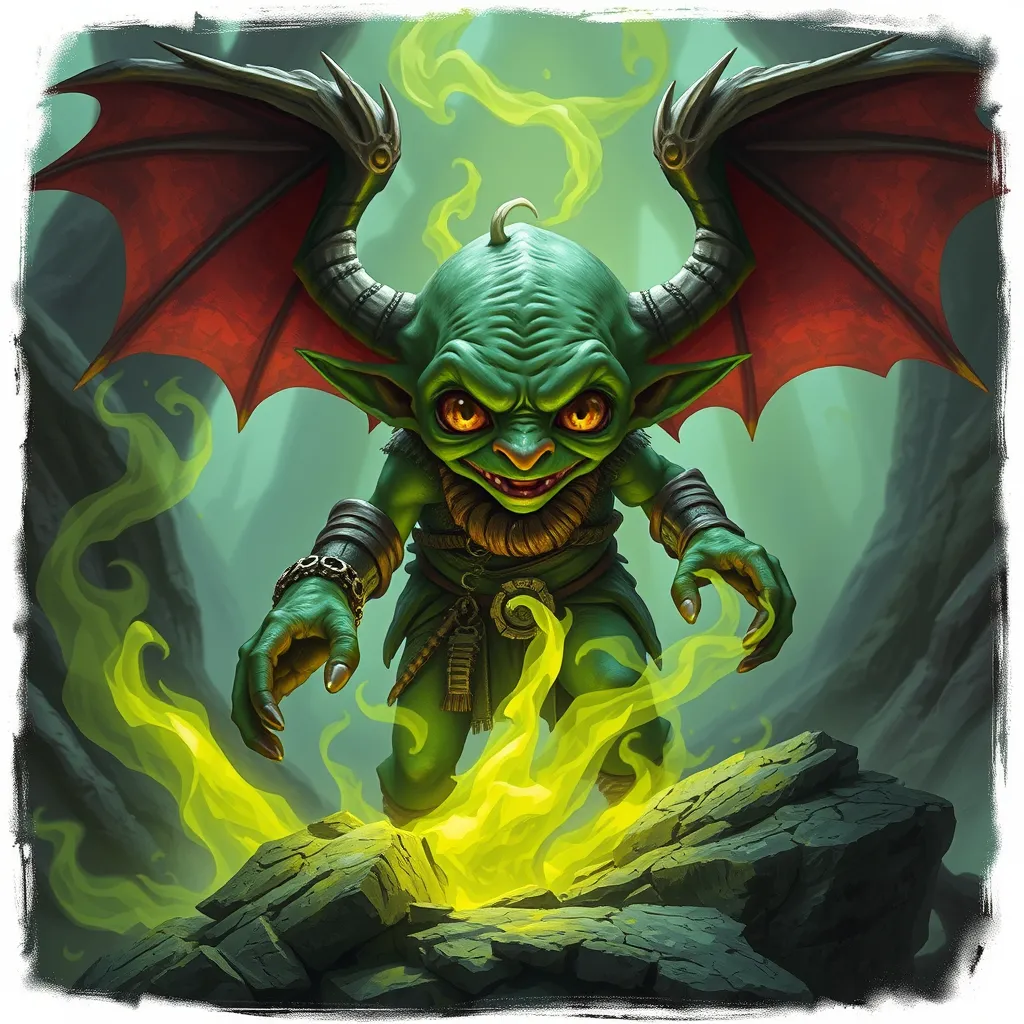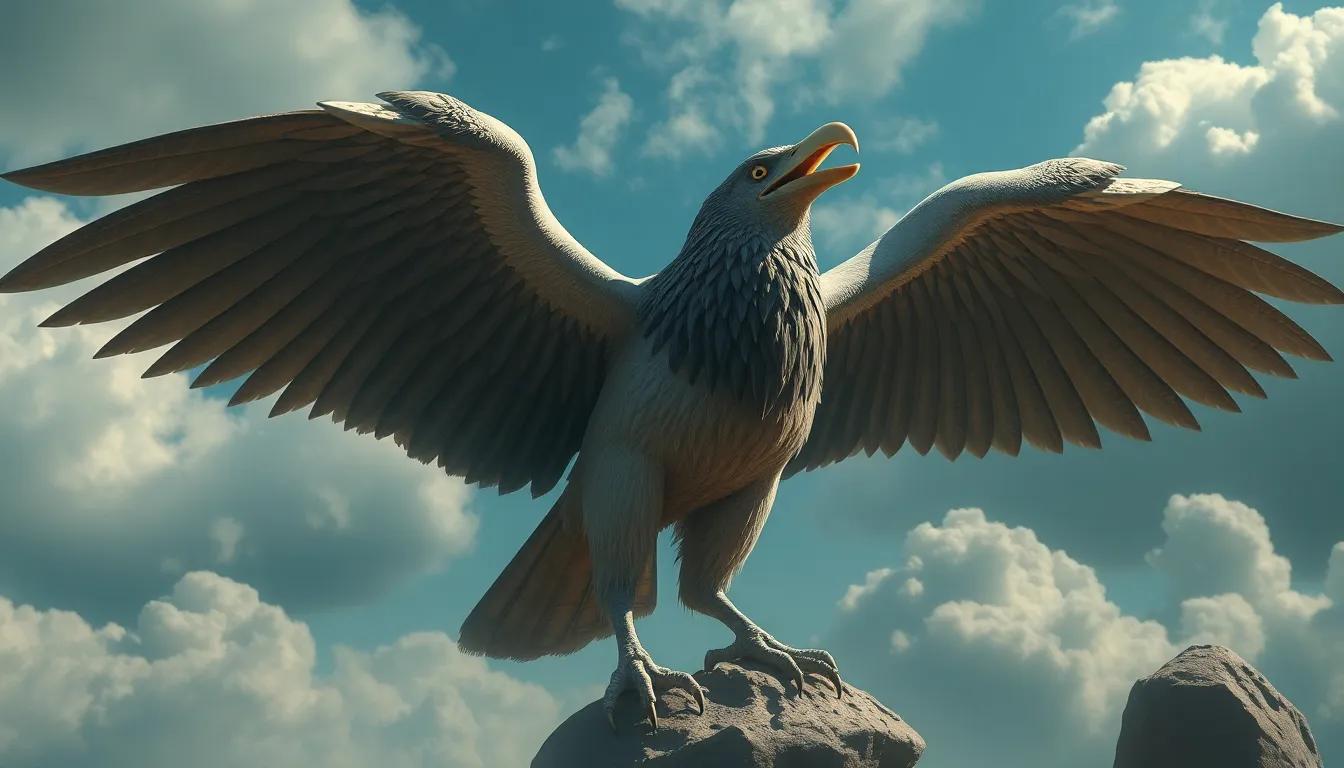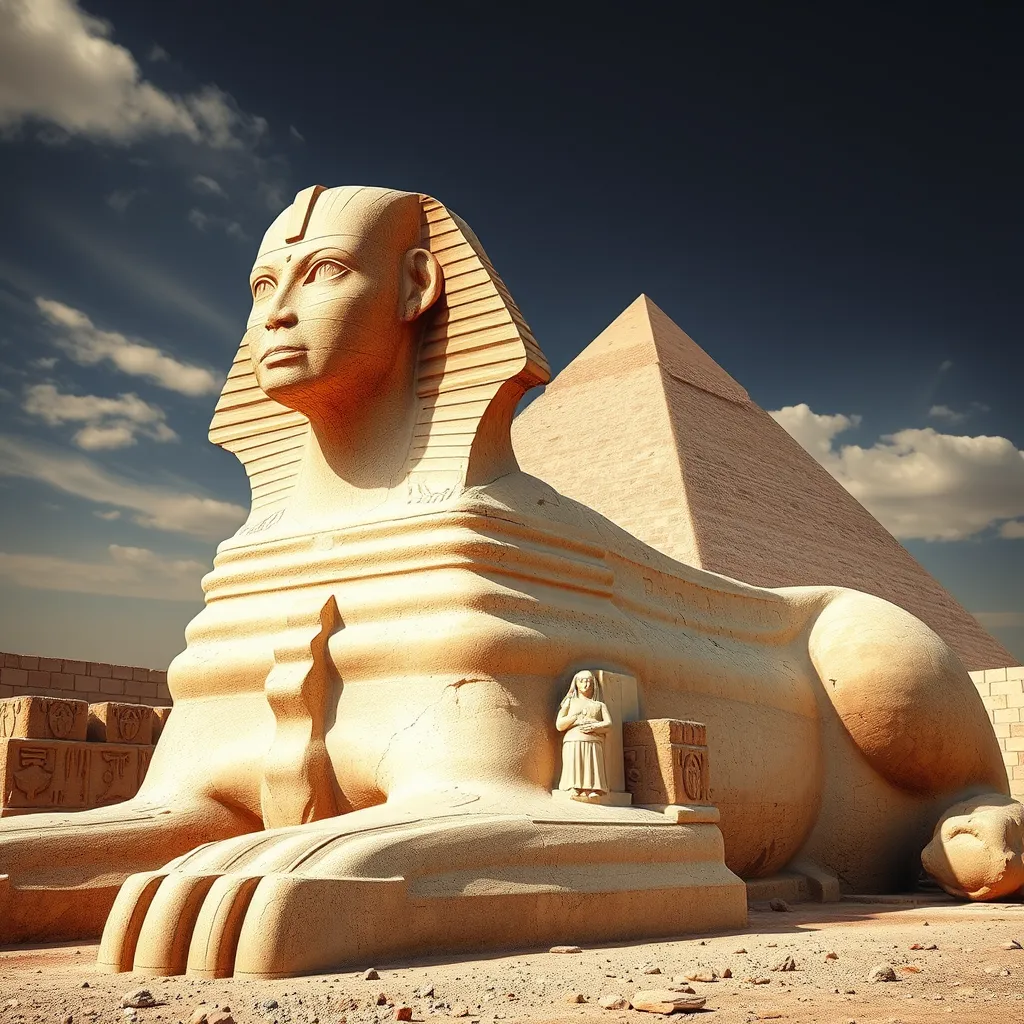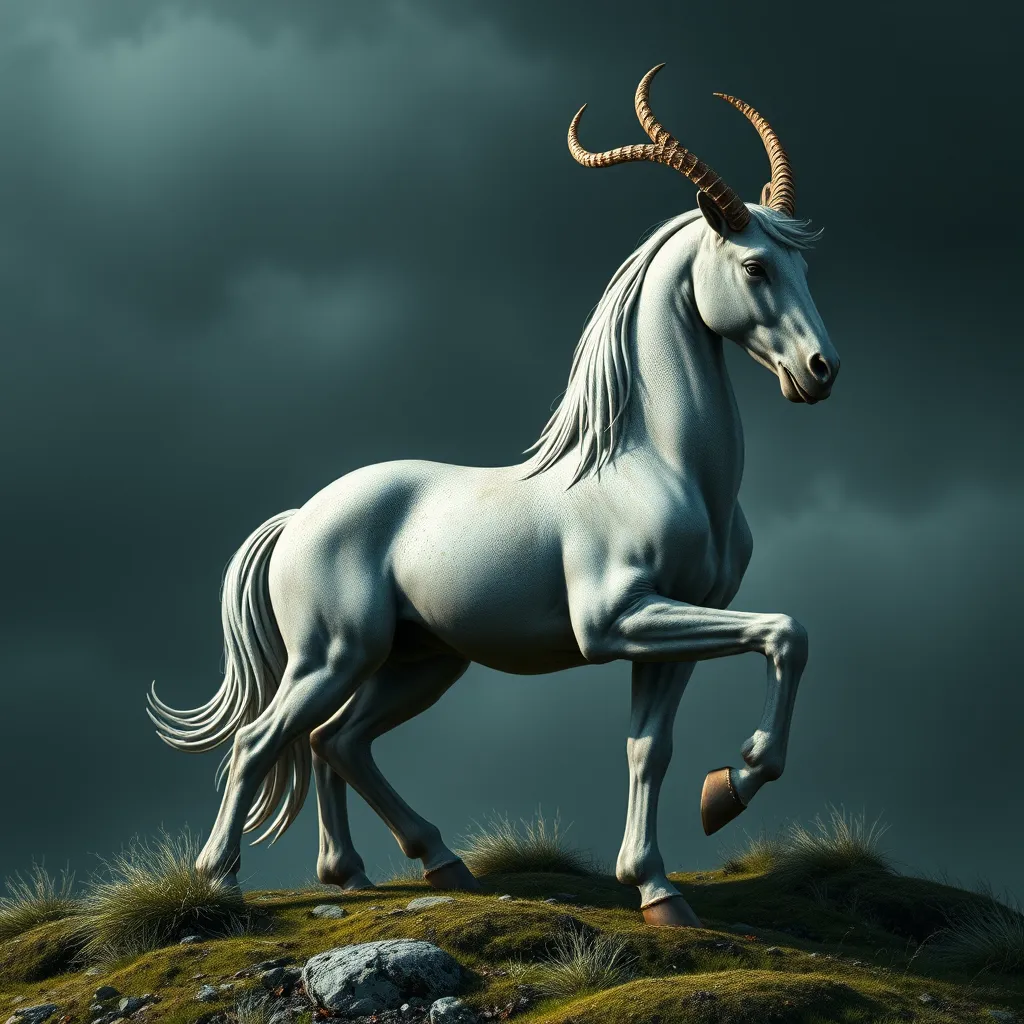Goblin Adventures: The Goblin’s Role in Fantasy and Adventure Stories
I. Introduction
Goblins have long held a place in the tapestry of mythology and folklore, often viewed as mischievous and malevolent creatures lurking in the shadows of our stories. From their early roots in ancient tales to their dynamic portrayals in modern fantasy, goblins have evolved significantly. This article aims to delve into the multifaceted role of goblins in adventure narratives, exploring their transformation from mere antagonists to complex characters that can embody both chaos and camaraderie.
II. Historical Origins of Goblins
To understand the role of goblins in contemporary narratives, it is essential to trace their historical origins.
A. Tracing the roots of goblin mythology
The term “goblin” likely derives from the Old French word “gobelin,” linked to various mythological creatures. Early accounts of goblins depicted them as small, grotesque beings, often associated with mischief and trickery.
B. Cultural variations of goblins across different regions
- Europe: In Germanic folklore, goblins are often seen as malevolent spirits, while in British tales, they serve as tricksters.
- Asia: Asian cultures often feature similar creatures, such as the Japanese “yokai,” which embody a range of characteristics from helpful spirits to vengeful entities.
- Africa: African folklore includes various trickster figures reminiscent of goblins, often highlighting their cunning and resourcefulness.
C. Early literary representations of goblins
Literature from the Middle Ages onward began to solidify the image of goblins as mischievous and sometimes malevolent entities. Works such as “The Faerie Queene” by Edmund Spenser introduced goblins in ways that shaped their future representations in fantasy.
III. Goblins as Antagonists
Goblins often occupy the role of villains in fantasy narratives, embodying chaos and mischief.
A. Common traits and characteristics of goblin villains
- Deceitful: Goblins are frequently portrayed as tricksters who enjoy deceiving others.
- Resourceful: They often use their cunning to outsmart more powerful foes.
- Chaotic: Goblins thrive in disorder, often creating havoc in the lives of heroes.
B. Famous examples of goblin antagonists in literature and media
Iconic goblin villains include:
- Goblins in “The Hobbit”: J.R.R. Tolkien’s portrayal of goblins as malevolent forces in the Misty Mountains is a classic example.
- Gremlins: The mischievous creatures in the 1984 film wreak havoc, embodying the chaotic nature of goblins.
C. The symbolic role of goblins as representatives of chaos and mischief
In many narratives, goblins symbolize the darker aspects of human nature, reflecting our fears of the unknown and the chaos that can arise from it. Their portrayal as antagonists serves to highlight the struggle between order and disorder.
IV. Goblins as Allies and Companions
Interestingly, the portrayal of goblins is not limited to villainy; they have also evolved into valuable allies and companions.
A. The shift from villainy to camaraderie in goblin portrayals
This shift reflects a broader trend in fantasy narratives, where characters traditionally viewed as antagonists are given more depth and complexity.
B. Notable stories where goblins serve as valuable allies
- Harry Potter Series: Goblins like Griphook play crucial roles in the wizarding world, showcasing their intelligence and skills.
- The Legend of Zelda: Some games feature goblin-like characters who assist the protagonist in various quests.
C. The significance of goblin companionship in adventure narratives
Goblins as allies enrich narratives by providing unexpected support and showcasing the theme of unity across diverse characters.
V. Goblin Culture and Society
Beyond their roles as individuals, goblins often have rich cultural backgrounds that contribute to the worlds they inhabit.
A. Depictions of goblin societies in fantasy worlds
Fantasy authors frequently create intricate societies for goblins, complete with unique customs and social hierarchies.
B. Social structures, customs, and beliefs of goblins
- Community-based living: Many goblin societies are depicted as tightly-knit communities where cooperation is essential for survival.
- Belief systems: Goblins often have their own myths and legends that explain their world, adding depth to their characters.
C. The role of goblin culture in enriching fantasy lore
Goblins’ cultures provide valuable context for their actions and motivations, allowing readers and players to engage more deeply with the narrative.
VI. The Goblin Archetype in Modern Media
Today, goblins continue to find their place in modern media, from films to video games.
A. Analysis of goblins in contemporary films, games, and literature
Goblins are often portrayed in diverse ways, from malevolent creatures to comedic relief, reflecting changing societal views.
B. How modern portrayals challenge or reinforce traditional goblin stereotypes
- Subversion of roles: Some narratives present goblins as misunderstood creatures, challenging the traditional villain archetype.
- Reinforcement of stereotypes: Other portrayals continue to depict goblins as chaotic and greedy, perpetuating old myths.
C. The impact of popular culture on the perception of goblins
Popular culture shapes how audiences view goblins, influencing everything from merchandise to fan interpretations, further embedding them in the fantasy genre.
VII. Goblins in Role-Playing Games
Goblins are a staple in role-playing games (RPGs), offering unique gameplay experiences.
A. The role of goblins in tabletop and video RPGs
In many RPGs, goblins serve as early-game enemies or quirky allies, introducing players to the game mechanics.
B. Mechanisms of gameplay that utilize goblin characters
- Stealth and trickery: Goblins often employ stealth tactics in gameplay, challenging players to adapt their strategies.
- Unique abilities: Many games give goblins special skills that can turn the tide in combat.
C. The importance of goblins in creating engaging player experiences
The presence of goblins in RPGs enriches the gaming landscape, providing players with diverse encounters that enhance storytelling and immersion.
VIII. Conclusion
Throughout fantasy and adventure narratives, goblins play a multifaceted role, from villainous tricksters to loyal companions. Their evolution reflects broader changes in storytelling, allowing for richer character development and more engaging plots. As audiences continue to embrace these complex characters, the enduring appeal of goblins in storytelling ensures they will remain relevant in future narratives. The possibilities for goblin characters are vast, offering opportunities for new interpretations and adventures in the ever-expanding world of fantasy.



